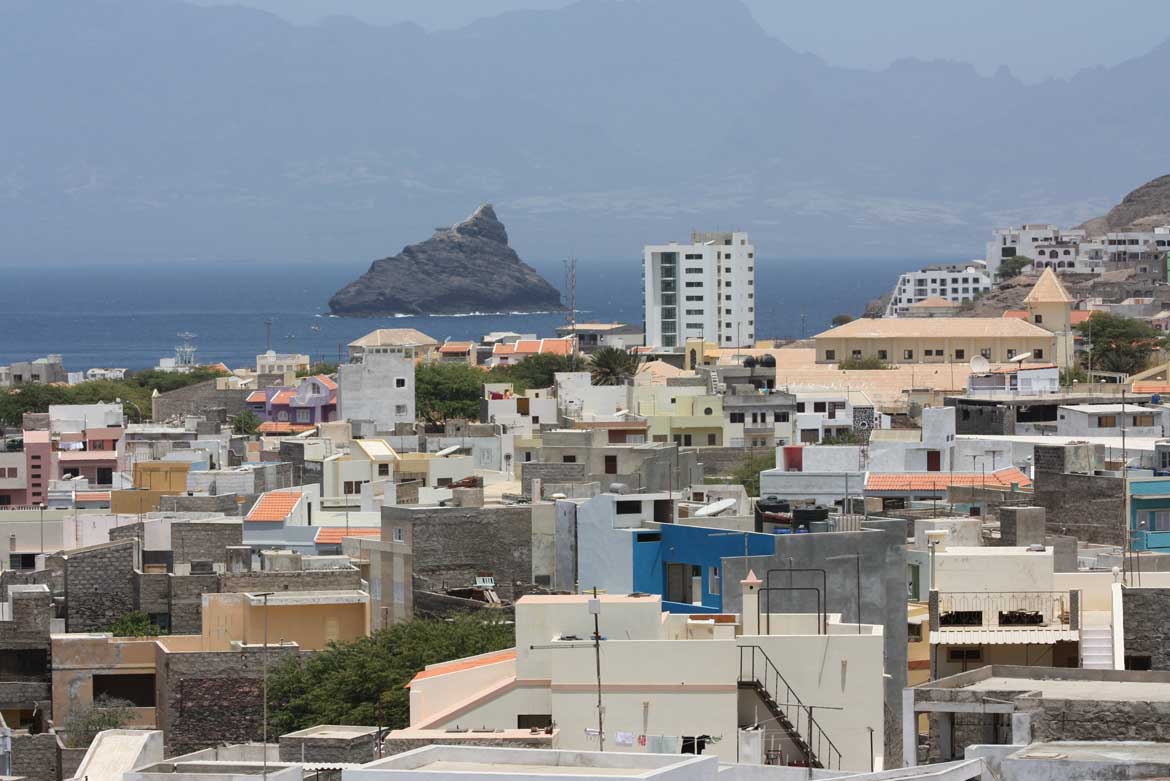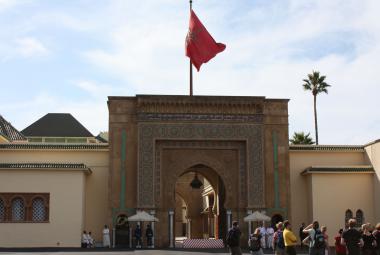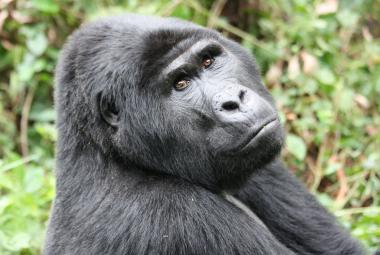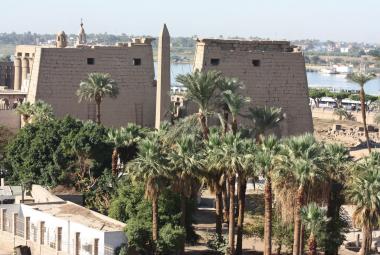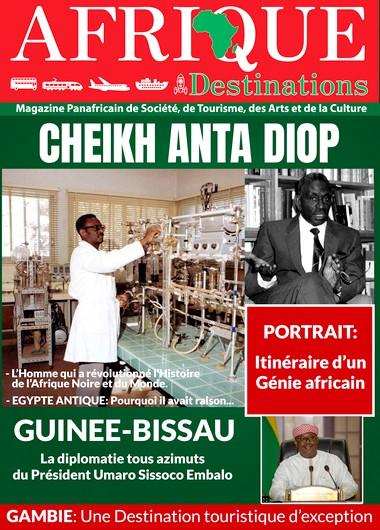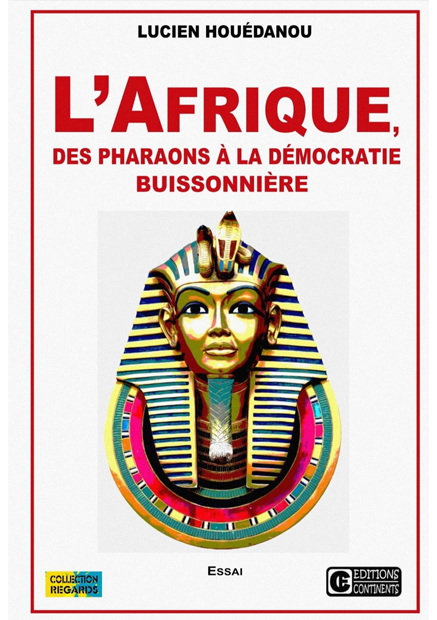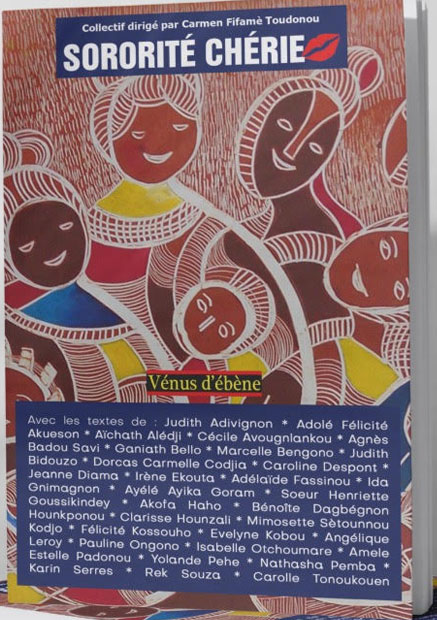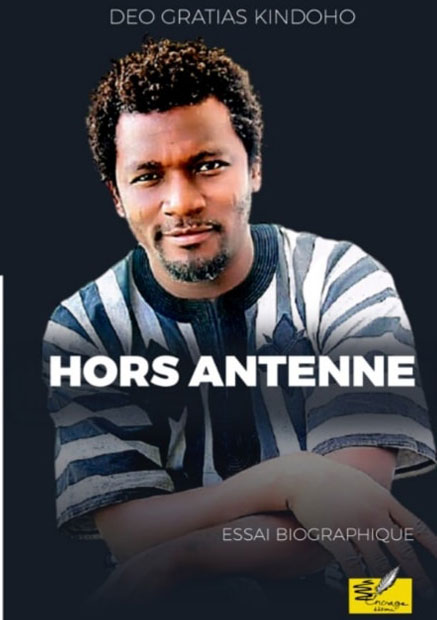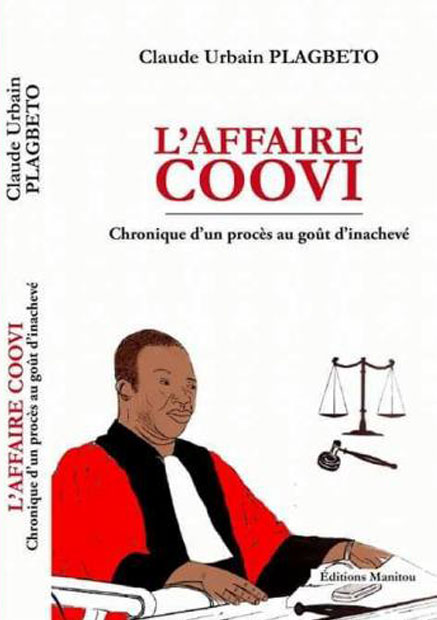Located off the coast of Dakar, Cape Verde is an archipelago which constitutes one of the most successful blends between the past and the present, between Blacks and Whites. Here, one has the impression of being culturally halfway between Africa and Europe. But we are indeed in Africa, in a member country of the Economic Community of West African States (ECOWAS). Welcome to the land of Cesaria Evora.
April 17, 2013. Isolated as they are from each other on their island, the Cape Verdeans have understood that it is necessary to rely on a good airline to open up both the interior and the exterior of the country. They are not legion the African companies which operate like that of Cape Verde. The plane that transports us from Dakar to Senegal lands on the tarmac of the International Airport of Praia, the capital. After only a few minutes of flight. Unlike many African countries, the Cape Verdean authorities have understood that to develop tourism, it is necessary to be able to give the visa at the airport. Here there is no visa to enter for ECOWAS citizens like us.
We leave the airport to walk the streets of Santiago, the largest of the Cape Verde islands. First thing: you have to find a hotel. After a first unsuccessful attempt due to full reservation, we are directed to the residential area. At the Amsterdam Hotel. That's good, our receptionists speak French quite well. It's less exotic when you don't speak a word of Portuguese. Indeed, we are here in a former Portuguese colony, independent only since 1975. And Amilcar Cabral is its leader and hero.
Night has just fallen. It apparently falls quickly here. We take our quarters at the hotel. We only have time to take a few steps around the hotel. Just to see what this residential area looks like.
April 18. After breakfast, we discover Praia at daybreak. The city is waking up as indicated by its streets in which yellow taxis reign supreme. To organize our stay, it is essential to find an agency where we can change money. Then, you have to buy two tickets for Mindelo on the island of Sao Vicente. Not far from the hotel, we sort it all out. Faster than we think. So we decide to hire a taxi and head for Tarafal which is located on the same island as the capital.
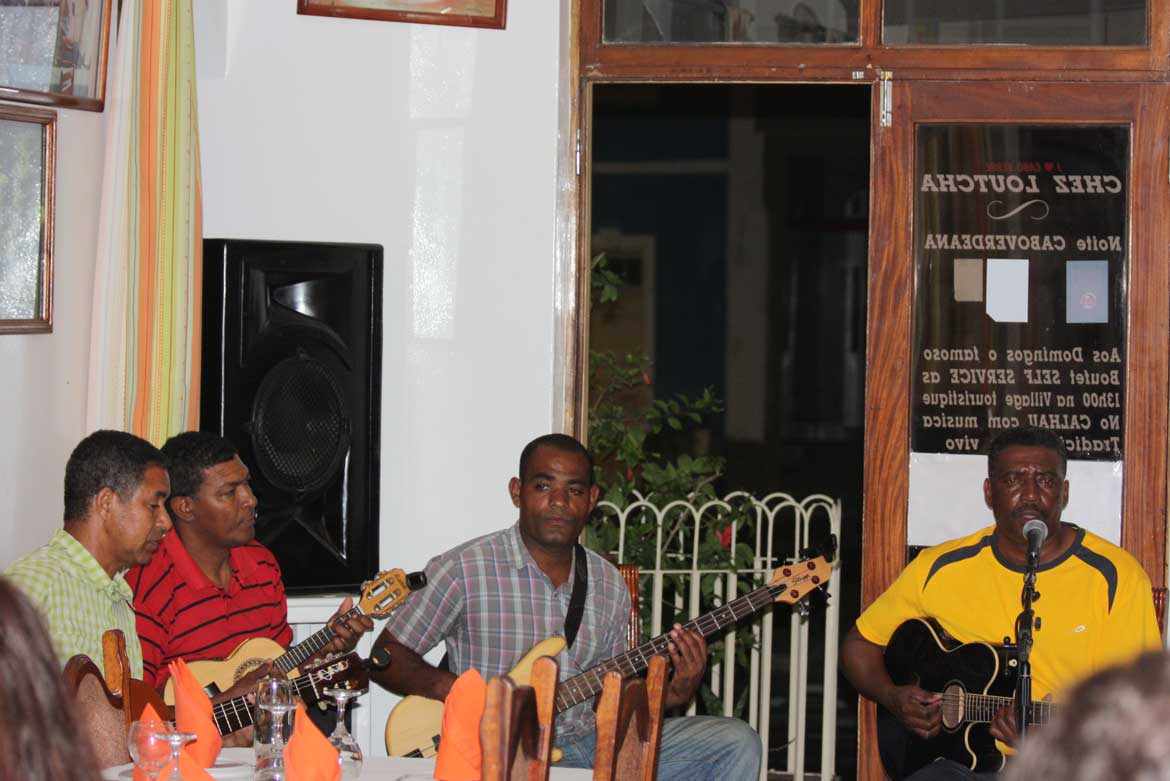
We cross Praia. The city that stretches between the sea and the hillside stretches. Until the exit towards Tarafal. On the arid lands, only a few thorns brave the soil and the climate to stand proud. Because here, the air is dry and hot in the middle of the day even if the sea breeze softens it from time to time. The relief is not monotonous. Quite the contrary. We go up and down, sometimes without warning. And sometimes, on the side of a hill.
We first stop at the Craft Center of Sao Domingos. While it is certainly small, you can find interesting things there: basketwork, necklaces, pottery, loincloths, etc. Our second stopover, we make it at the belvedere of Assomada. Impossible to pass without stopping at this place from where you dominate almost the whole city. The view is panoramic. Continuing the road, we arrive at the end, in Tarafal.
Tarafal is a quiet little fishing town. Its arc-shaped beach is undoubtedly one of the most beautiful in Cape Verde, with its coconut trees and white sand. But not far away, in Chao Bom, it is also a place of memory. Common rights, political prisoners and other separatist leaders have experienced internment in the famous penal colony since 1936. And a small museum is dedicated to it.
Having taken a route that goes inland to get there, we choose to return via the coast, the one that runs along the mountain and the sea. From Tarafal to Praia via Ribeira and Pedra Badejo. In less than a day, we go around the island of Santiago.
April 19. We depart from Praia International Airport to land at Cesaria Evora Airport in San Pedro on the island of Sao Vicente. Leaving the airport, a giant statue of the now famous Cape Verdean star greets us. About fifteen kilometers separate us from Mindelo, her hometown where she is buried. We take a taxi and arrive just in time to take the next ferry to the island of Santo Antao. Direction: Porto Novo.
The hotel we are staying in is run by a couple. The owner who took over a family business did part of his studies in France. Once again, we are hardly out of place. On the terrace that serves as a restaurant, we spend the evening chatting over dinner.
April 20. In the morning, the taxi driver who took us the day before, from the port to the hotel, comes to pick us up. To go around the island, we leave by the mountainous road. It climbs, spins, descends and so on in a jagged mountain landscape where all building space is almost occupied. Terraced fields follow terraced fields. Obviously, it is the greenest island. We climb to the roof of the island before descending all the way down to Ponta do Sol, at the other end.
Ponta do Sol is located at the foot of the mountain. Small quiet town that gives the impression of being deserted at times, its isolation makes it rather friendly. At the edge of a generally raging sea, it offers an unusual spectacle each time the fishermen return from the sea. One can thus see inhabitants scaling and washing their fish in the waters of the holes that the ebb and flow sea water ended up digging. Opposite our hotel, a French artist who has been living there for a few years now runs a shop where visitors are spoiled for choice with the myriad of original objects to be found there.
April 21th. Our driver returns from Porto-Novo to pick us up in Ponta do Sol to return to Porto-Novo. And this time, by the coastal road. After several climbs and descents, we leave Ribeira Grande and arrive at Paul. We turn right and go a little inside what looks like a green basin where coconut trees, banana trees, mango trees, etc. grow. This is where we discover the traditional huts, made of stones superimposed on each other and with raffia roofs. After a few kilometers, we turn back and take the coast again. Passing through Pico da Cruz, the new tunnel, we return to Porto-Novo.
April 22 – 25. We leave Porto-Novo aboard a ferry for Mindelo. It is at the hotel Chez Loutcha that we put our suitcases. For several days. Time to discover Mindelo and its surroundings. Mindelo is a small town on a human scale and very friendly. Here, there is not only a French Cultural Center, but also a French Consulate. And Loutcha herself, who lived for a long time in Dakar, Senegal, is perfectly French-speaking. Each island in the country clearly has its own charm. San Vicente, on which Mindelo, San Pedro and Calhau are located, has the particularity of offering sufficiently varied landscapes. Added to this are the many beaches in the bays sheltered from the winds and which are sometimes white sand from the desert, sometimes black from the volcano.

At Loutcha, you can be sure of two things: eat well and listen to good Cape Verdean music that guest artists offer to customers. We must remember that in Mindelo, we are indeed at Cesaria Evora. She is buried here in a city cemetery.
April 26. Return to Praia. Victor Constantin and his wife, the daughter of a doctor friend from Chad, Dr. Pascal Papasian, have been waiting for us since our arrival. We make an appointment for the next day.
April 27. Walk in Praia.
April 28. Victor, his wife and their two children pick us up with their car at the hotel to go to Cidade Velha. Located 15 km from the capital, the city is classified as a UNESCO World Heritage Site. And for good reason, it is the oldest place in all of Cape Verde to be populated when the island was discovered still virgin by the Portuguese around 1460. They made it a maritime stopover point for the traffic of slaves. First bishopric of Cape Verde and the African coasts in 1533, the vestiges of this ancient past are still there to testify. It is therefore the fugitive slaves or those abandoned because they have no hope of survival who will constitute the first settlement of the island and of all of Cape Verde. In the public square of this former capital of the country stands a pillory for slaves. Symbol of the barbarism and inhumanity of slavery, but also a place of memory.
We visit the black sand beach of Cidade Velha where locals bathe in front of canoes moored at the foot of the hill. Then, we take the alleys and especially the mythical Rua de Banana of the old quarter with its huts protected by UNESCO and reach the church. In the enclosure, there are still old tombs with period inscriptions. One of them bears the name of the famous Portuguese navigator Vasco de Gama.
The second place we visit on the way back to Praia is the fort that overlooks Cidade Velha and whose big cannons point towards the coast. It is the royal fortress of Sao Filipe. A small museum now explains its history.
We conclude our trip to Cape Verde with the oldest city in the country. Without being able to visit many other islands. But that's only a postponement.
One observation is in order. Throughout Cape Verde, the communication channels are very good as well as the telecommunications. The air links are well assured. And Cape Verdeans are welcoming. The country has experienced socio-political stability since the end of the single party in the early 1990s. The tourism sector therefore has a bright future ahead of it.
By Marcus Boni Teiga



